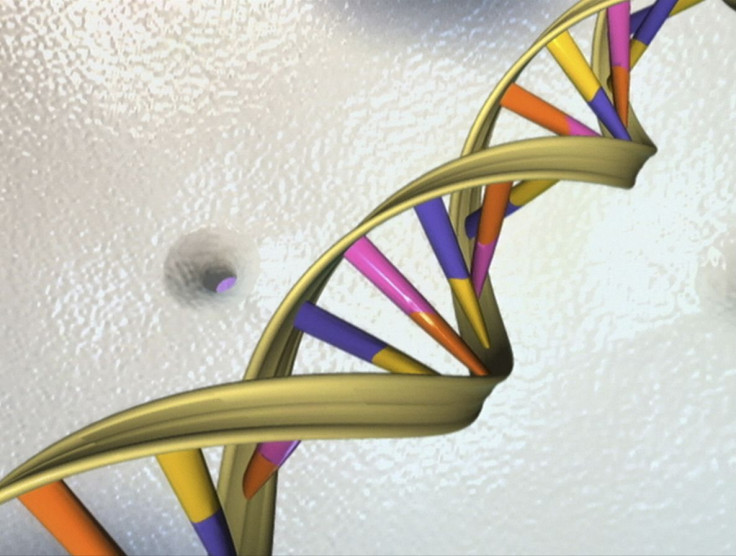10 Innovations Analysts Predict Will Change The World By 2025

The Internet, the moon landing, the atomic bomb—all inventions that changed the world forever—were predicted years before their existences. Mark Twain, writing in 1898, dreamed of a worldwide network of information-sharing when telephones were still rare; Jules Vernes wrote a novel about weightless astronauts on the moon in 1865; and H.G. Wells predicted the atomic bomb decades before its invention, before knowing if a nuclear explosion was possible.
So what’s next? That’s what Thomson Reuters analysts asked themselves. They’ve come up with 10 “technologies of tomorrow”, based on the company’s patent and scientific intellectual property. Looking at citation rankings, hot topics of research and most cited papers, the analysts identified the top 10 fields of research ranging from clinical medicine to the environment, then merged them with the top fields in patents to identify the most impactful areas and most promising breakthroughs in each field.
Here are their predictions for innovations that will emerge by 2025:
1. The onset of dementia, Alzheimer’s and other neuro-degenerative diseases will decline as more funds are directed toward afflictions Baby Boomers could encounter in their 80s, and studies continue isolating specific chromosomes that cause different forms of the diseases.
2. Solar power will move from environmentalists to the masses as the largest source of electricity in the world, heating buildings, water and powering homes and offices, stores and manufacturing facilities. The sun’s rays will be harvested, stored and converted more efficiently through new materials and methods.
3. Type 1 diabetes will become preventable through a human genome engineering platform that’s paving the way for the modification of disease-causing genes and helping prevent metabolic conditions. As the science advances, patents of organisms and partial DNA segments will arise, complicating who owns which rights to what and blurring the line between nature and commerce.
4. Food shortages and food price fluctuations will cease to exist as genetically modified crops will be grown rapidly indoors with 24/7 light that matches wavelengths to crops, and crops will be bred to resist diseases.
5. Electric-powered airplanes and cars will be more light-weight, travel farther and store more energy with lithium-ion batteries, reversible hydrogen storage options and nanomaterials in fuel cells. As micro-commercial airplanes become feasible for short journeys and small landing spaces, getting a pilot’s license could become the new right-of-passage to adulthood.
6. More things will be connected to the Internet than people as the digital world extends to nearly everything, everywhere. So-called “smart” cars, homes and appliances will be digitally directed and connected across the globe as wireless communications improve.
7. Petroleum-based packaging (think plastics) will be replaced by fully biodegradable cellulose, a type of psedo-plastic derived from forms of plant matter.
8. Cancer treatments may have very few toxic side effects as drug developments become more precise, fitting specific proteins with antibodies that can give exact mechanisms of action to fight disease.
9. DNA mapping at birth and annual doctor exams will become the norm to manage disease risk.
10. Quantum teleportation, that request from Star Trek, will be more understood and possibly tested in 2025 as techniques used to study the Higgs Boson particles advance. Research related to the Higgs Boson have been the most prevalent in fundamental physics this year.
© Copyright IBTimes 2024. All rights reserved.






















